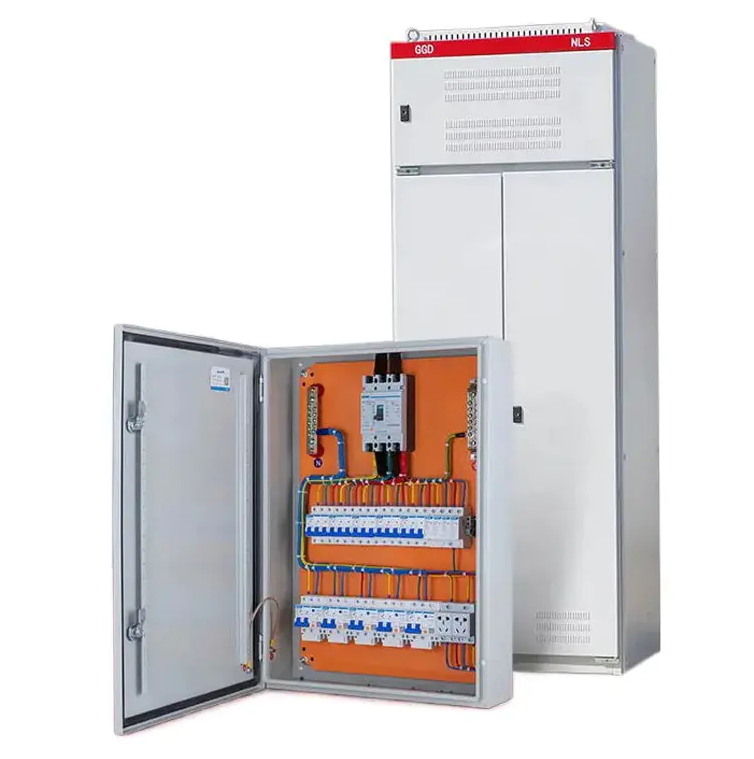MV (Medium Voltage) power distribution switchgear is a critical part of electrical distribution systems that operate in the voltage range between 1kV and 36kV. It is used to control, protect, and isolate electrical equipment within medium voltage networks, typically found in industrial plants, commercial complexes, and utility substations.
The main purpose of MV switchgear is to ensure safe and efficient operation of the power distribution network. It includes various components such as circuit breakers, disconnect switches, grounding devices, instrument transformers, and protection relays. These components work together to detect faults, interrupt abnormal currents, and safeguard connected systems.
Medium voltage switchgear can be installed indoors or outdoors, depending on site requirements. Indoor switchgear is generally enclosed in metal cabinets for safety and ease of access. Outdoor installations are weatherproof and suitable for remote or exposed environments.
One key aspect of MV switchgear is its ability to allow maintenance and fault location without impacting the entire power system. Some systems use modular or metal-clad designs for better compartmentalization and operational flexibility.
MV switchgear contributes to the reliability and efficiency of electrical networks. It helps in load control, system protection, and power quality regulation. Selection of the appropriate type of switchgear depends on application-specific requirements such as voltage rating, installation space, and service continuity expectations.
With proper design, installation, and maintenance, MV power distribution switchgear enhances operational safety and supports consistent power supply in both utility and private power systems.
